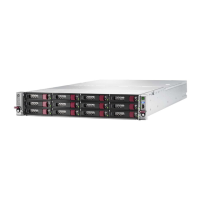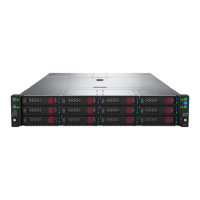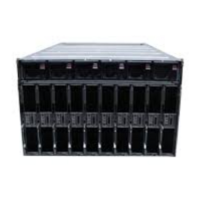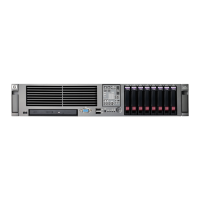CIFS/9000 Client A.01.08
Features and Fixes in Recent Releases
Chapter 110
You can either compare the new default file,
/etc/opt/cifsclient.cfg.default, to your existing cifsclient.cfg, or make the
modifications manually. Leave the cifsclient.cfg.default file unchanged
and use it as a reference.
NOTE If you have not customized your configuration file in any way, you can
simply copy cifsclient.cfg.default over your existing cifsclient.cfg.
Use the following instructions to change to the new configuration
parameters:
1. Change the value of runAsUser to runAsUser = “root”. runAsUser
is in the global settings near the beginning of the file. Changing this
value to = ”root” allows the CIFS/9000 client to create a core file in
case of an unexpected abort.
2. Change the value of requestTimeout to 60 seconds (the value is
specified in milliseconds, so requestTimeout = 60000).
requestTimeout is in the “defaultServer = {...}” section at
approximately line 208.
3. Add the following nfsAttributeCaching entry in the
“defaultServer” section: nfsAttributeCaching = no. Adding
this value will have no effect if you are not upgrading to the current
version of the CIFS/9000 client. nfsAttributeCaching can = yes or
no.
Benefits and Features
See the Installing and Administering the CIFS/9000 Client manual for
details on the following features. The latest version can be found at
http://docs.hp.com
• Integration with Unix mount commands
The mount(1M)and umount(1M)commands can now be used for
operations on CIFS file systems.
• Support for Internationalized Clients
A variety of internationalized clients can be supported with the

